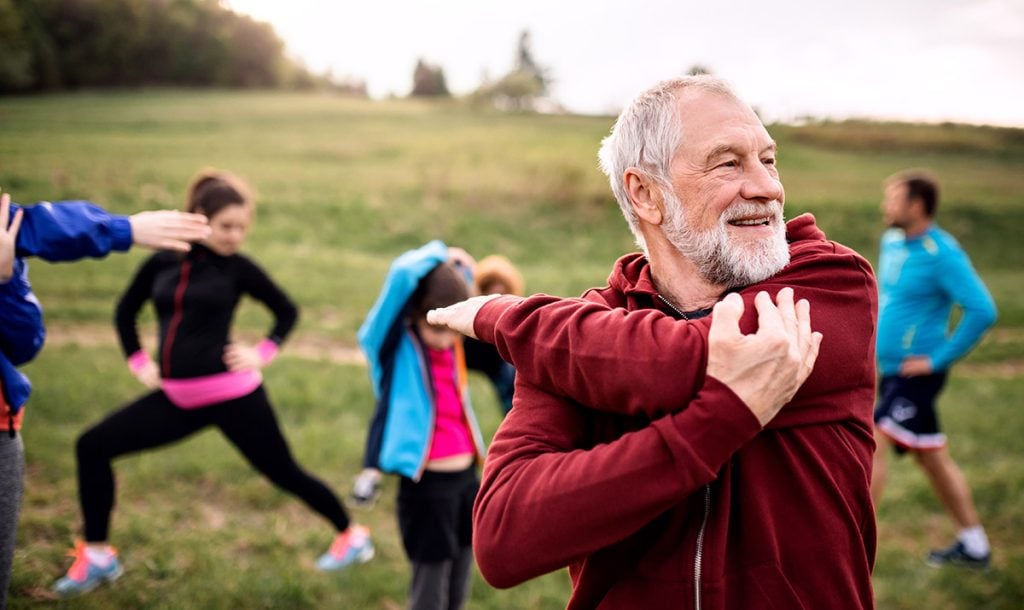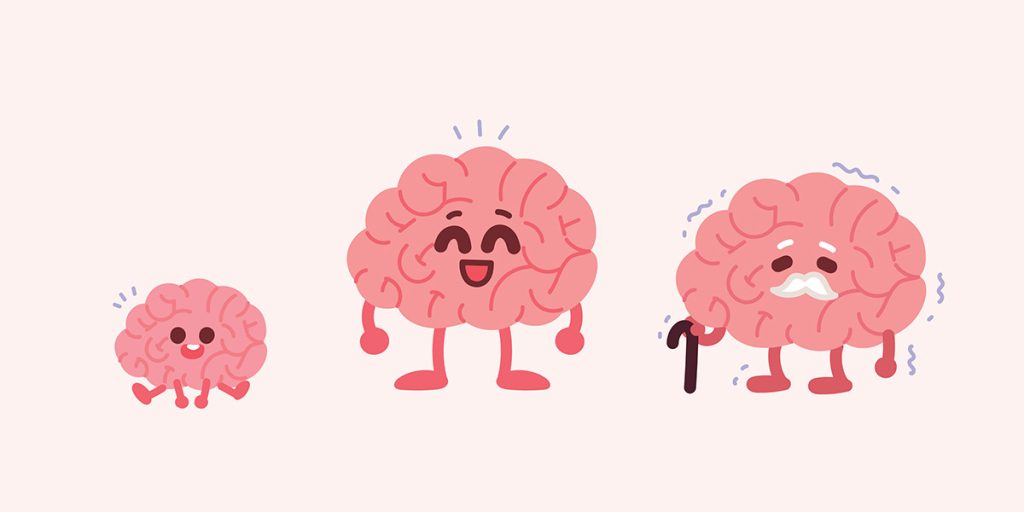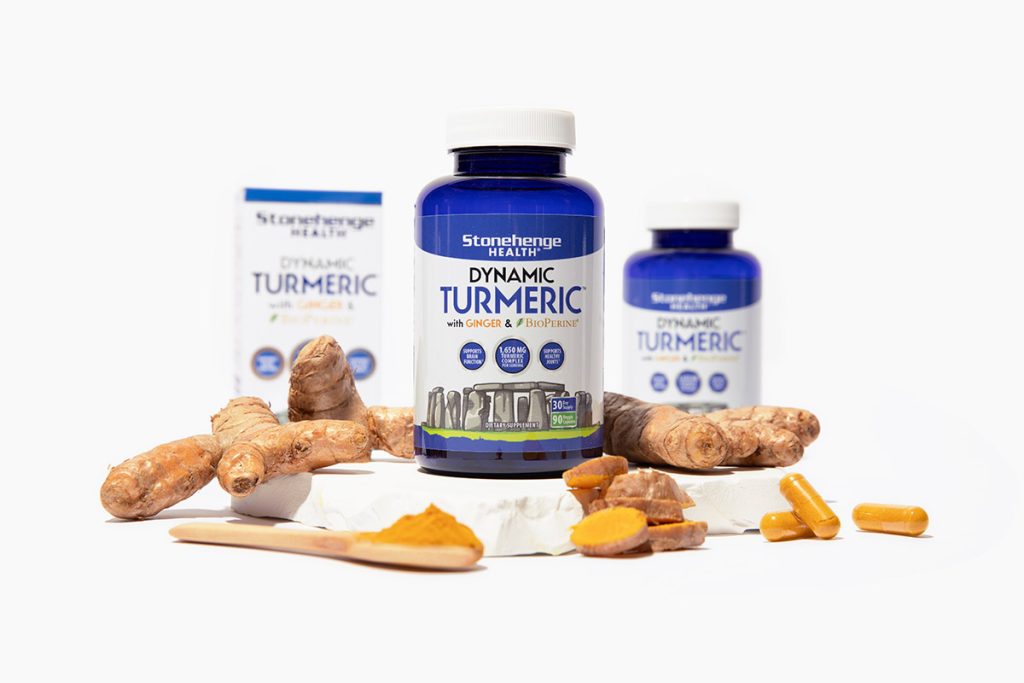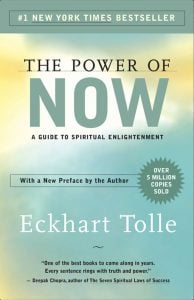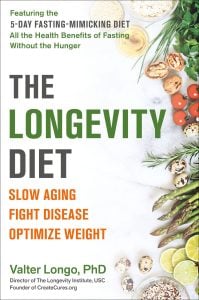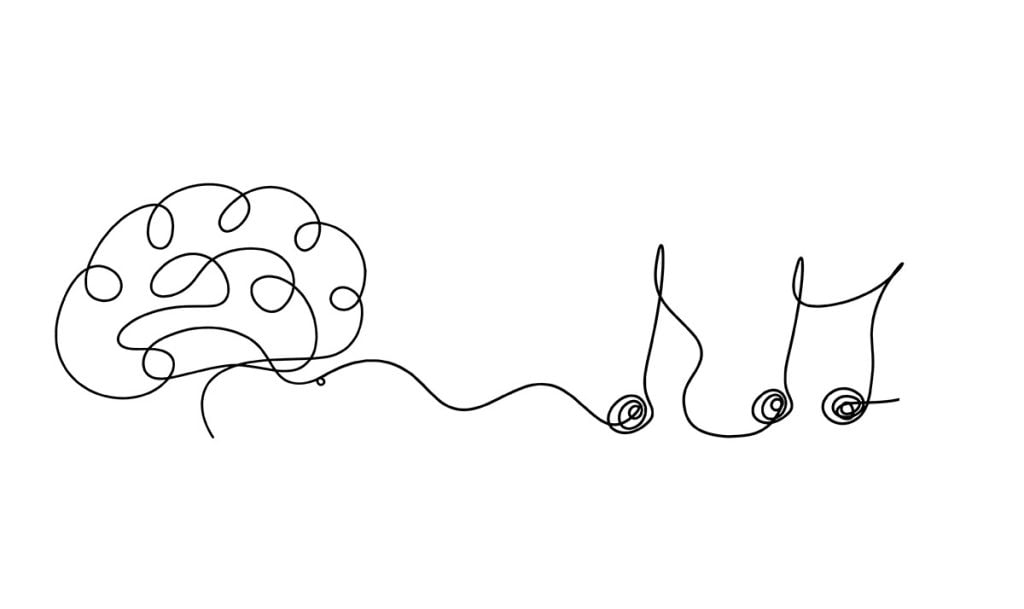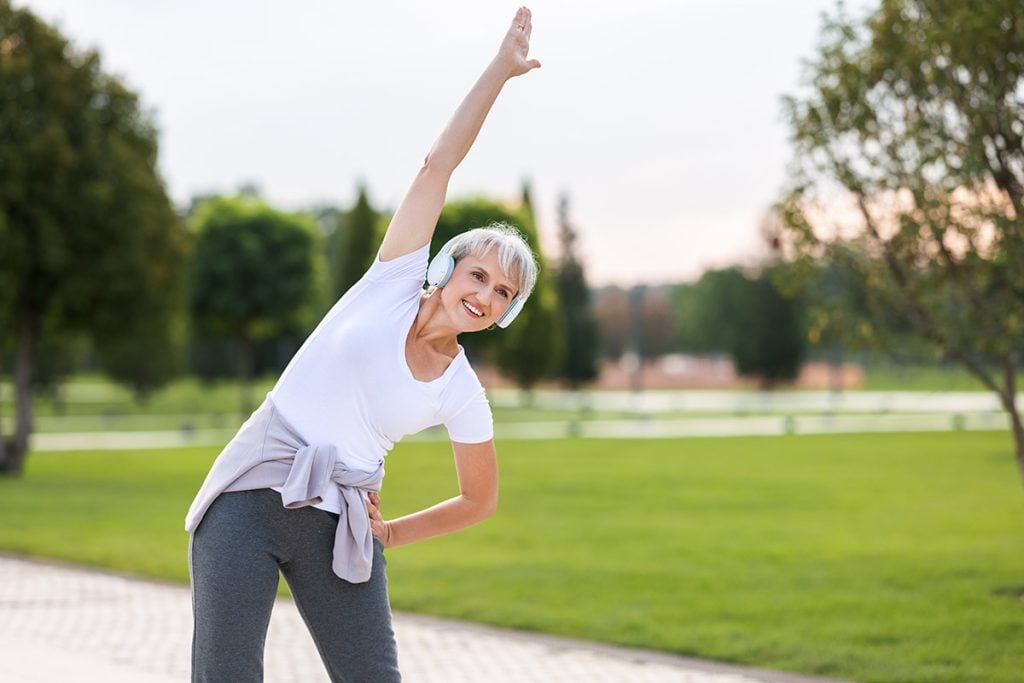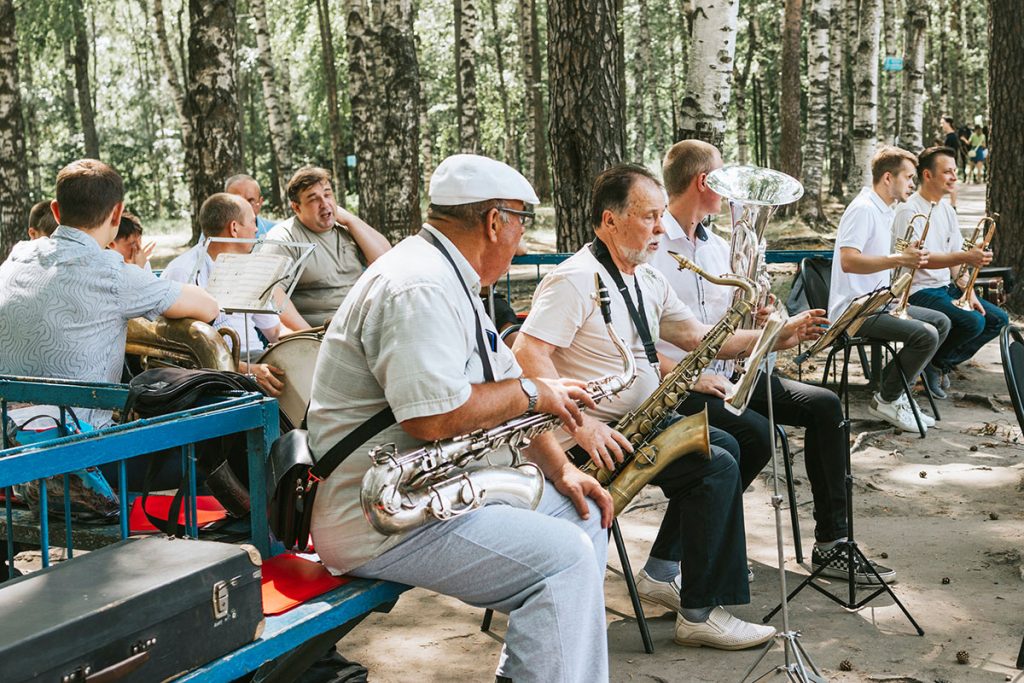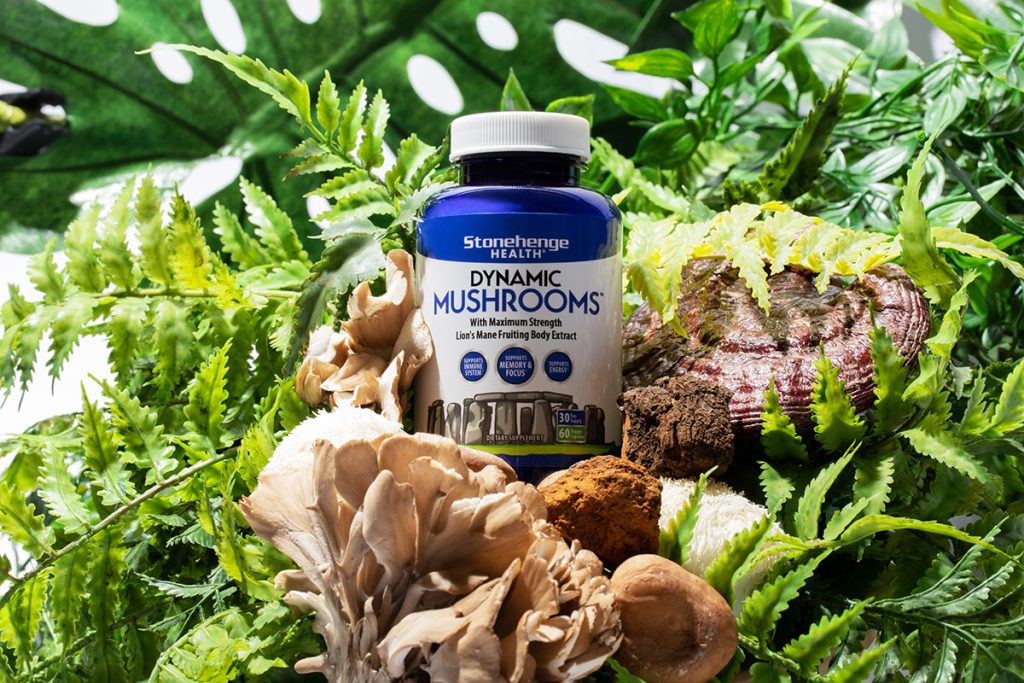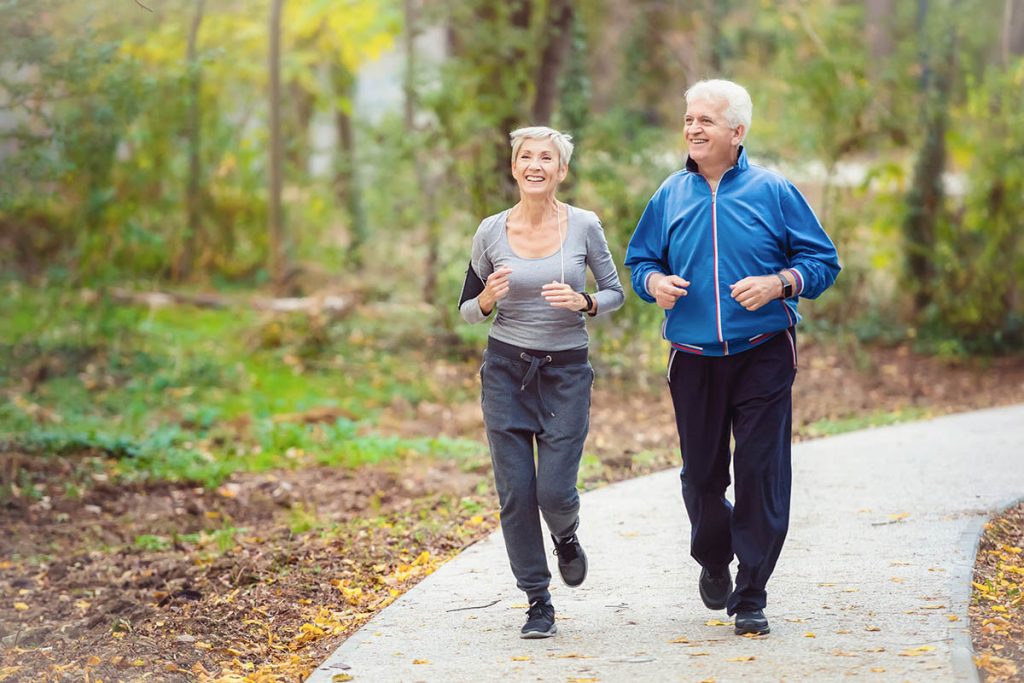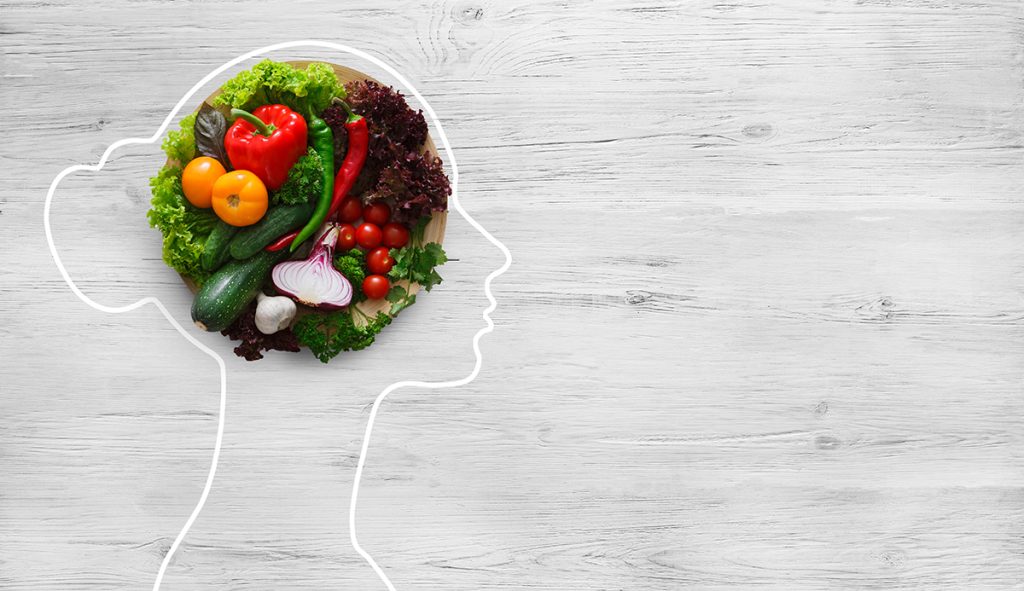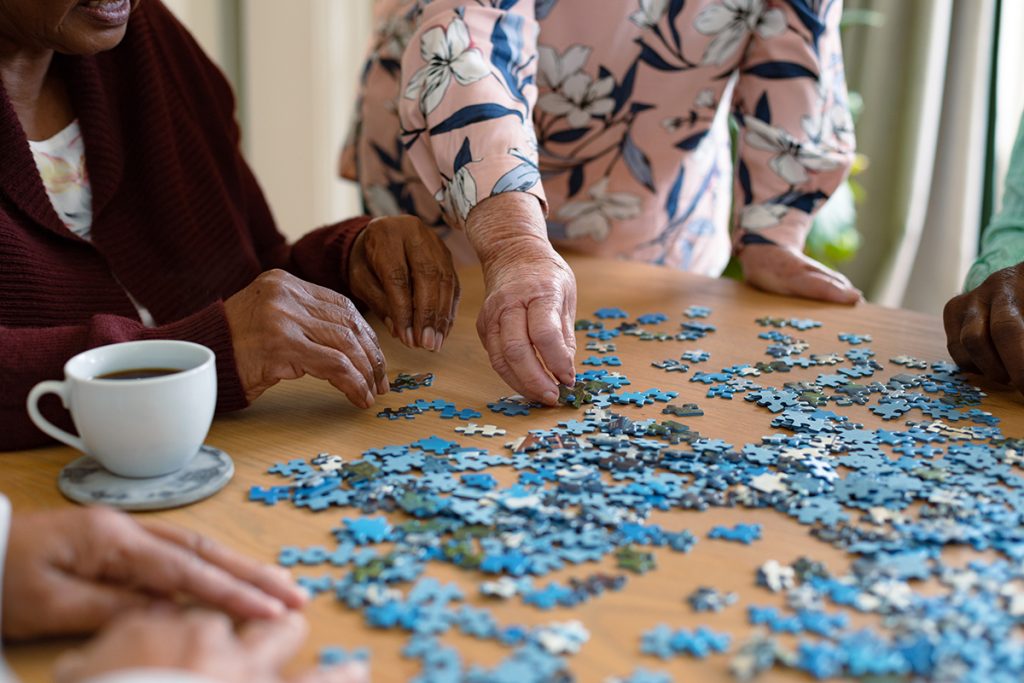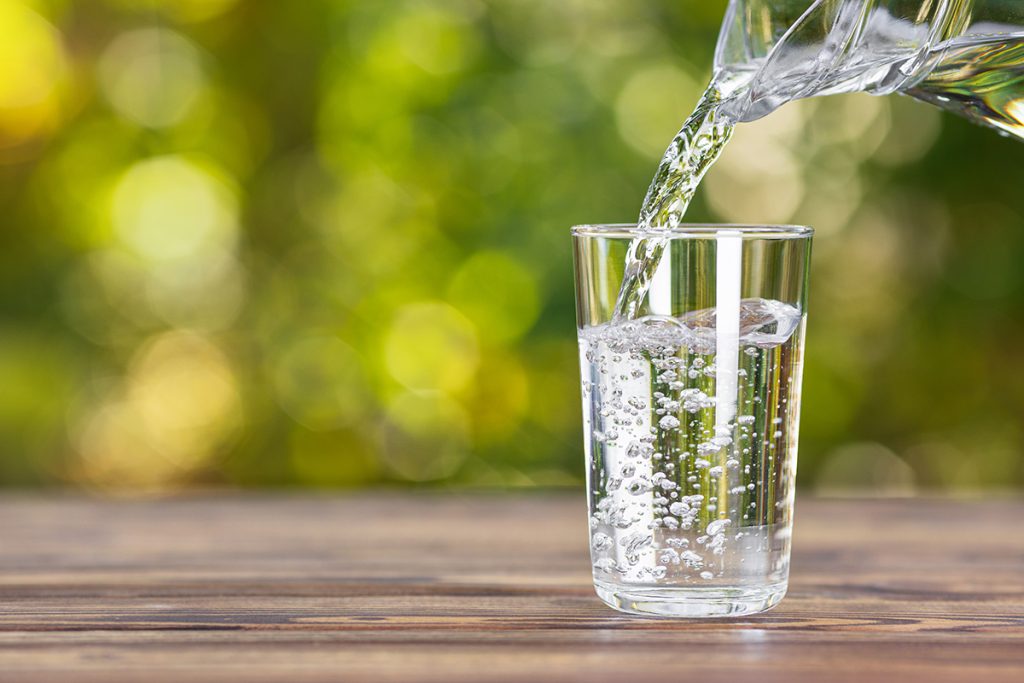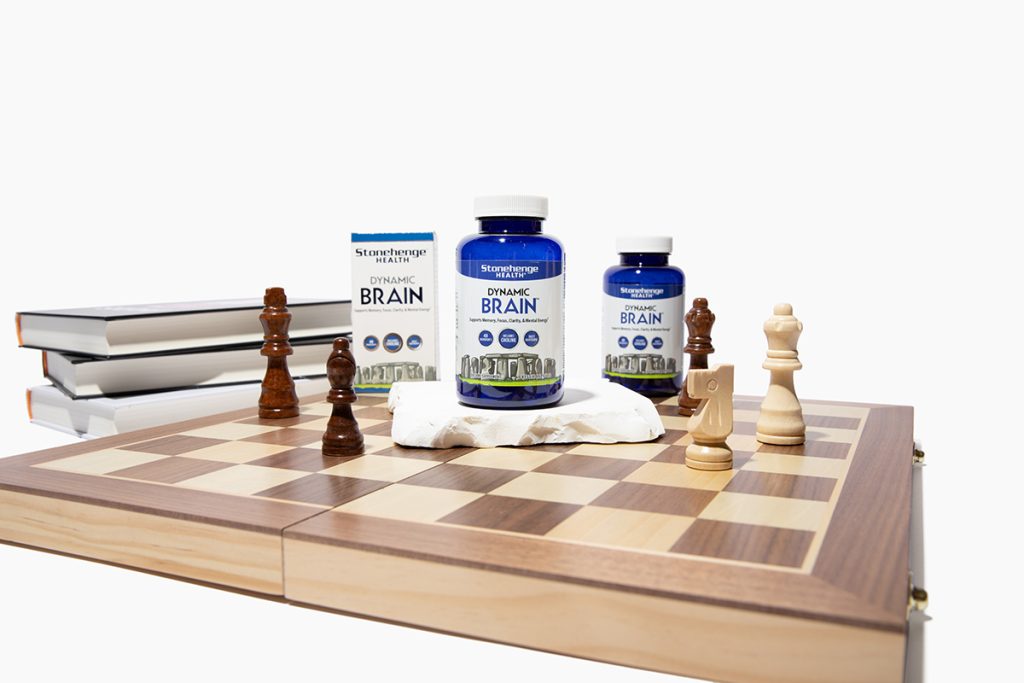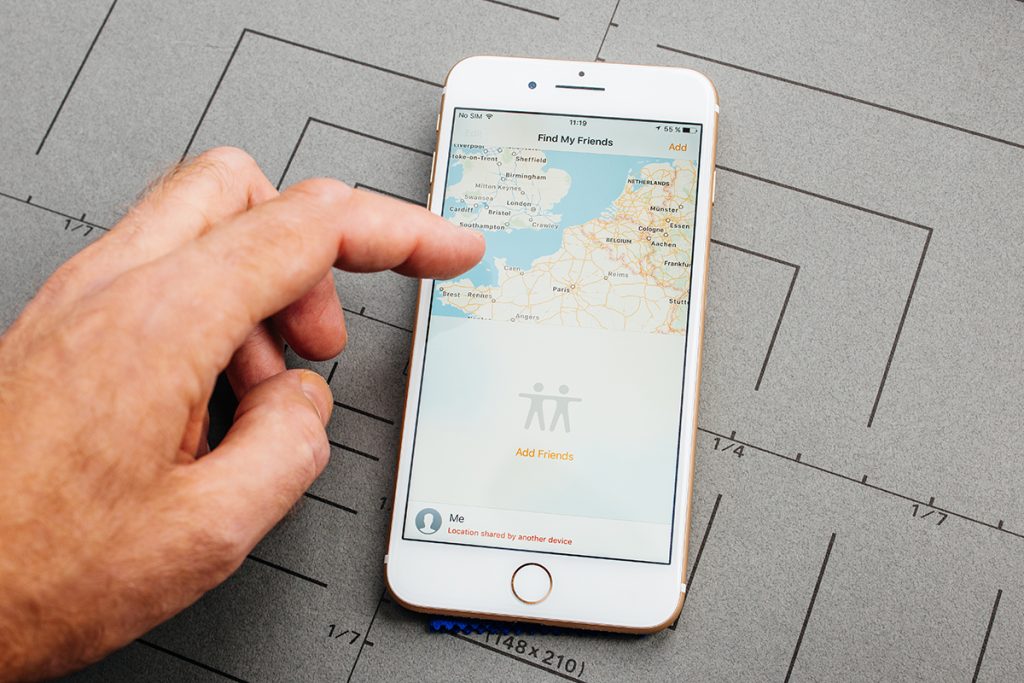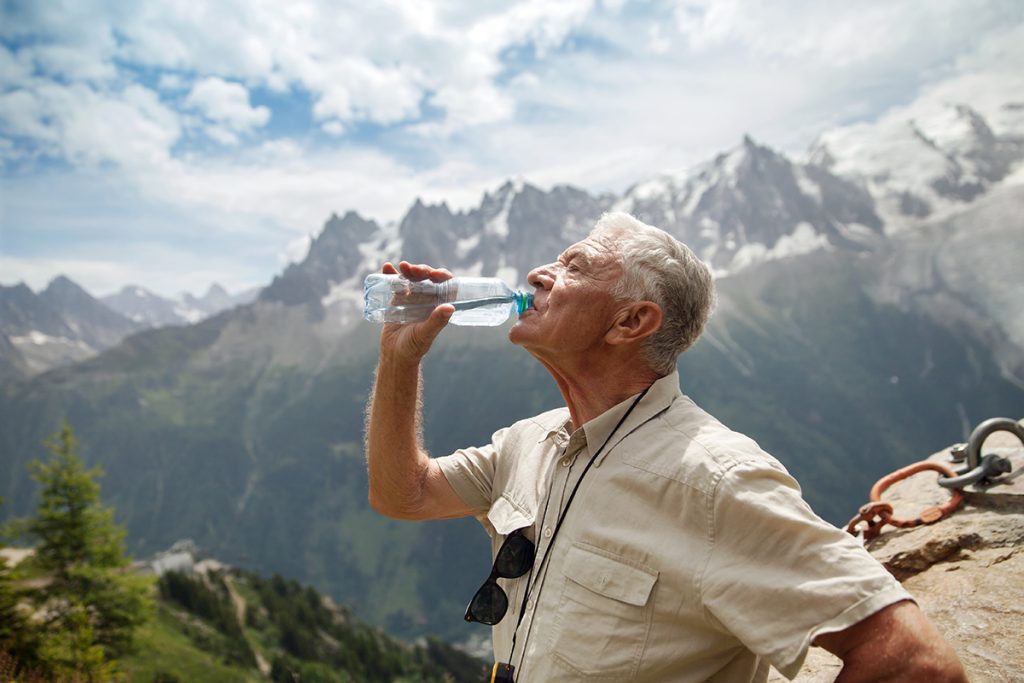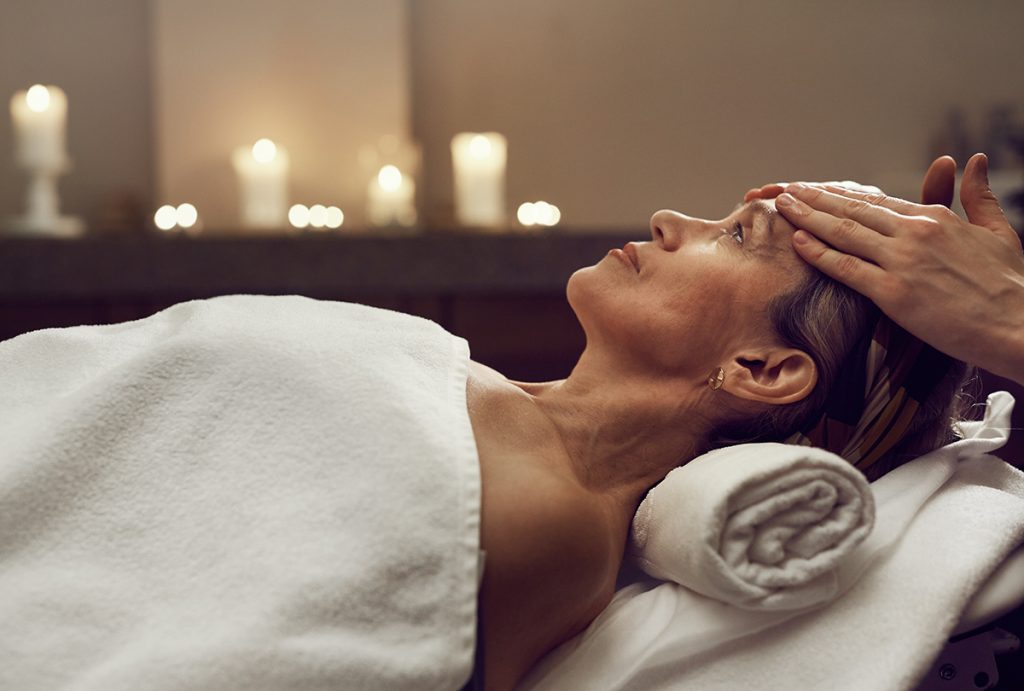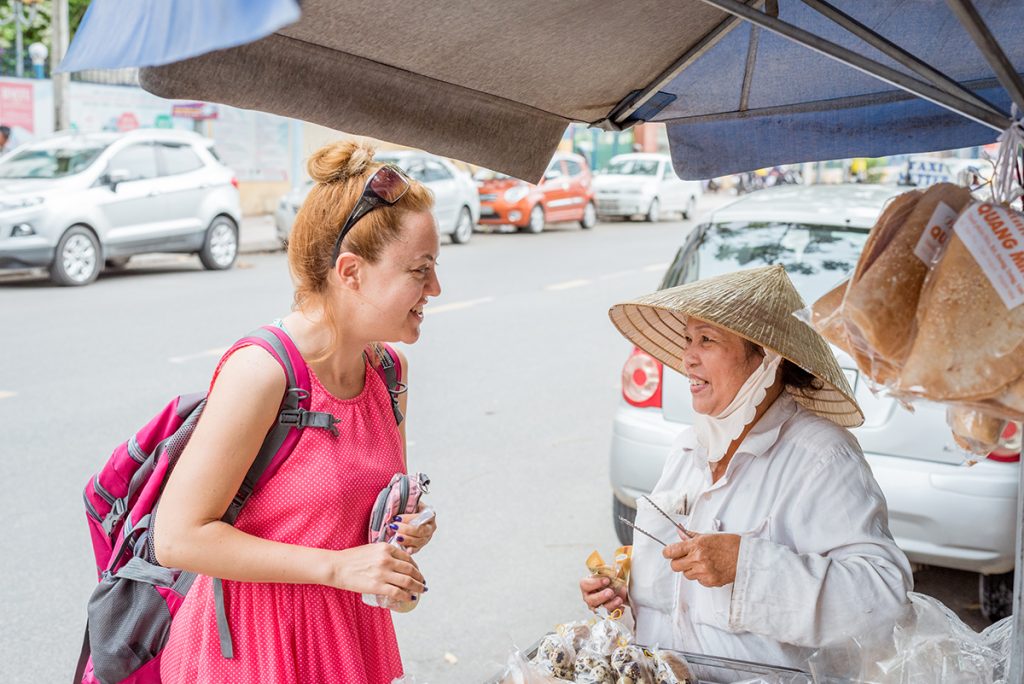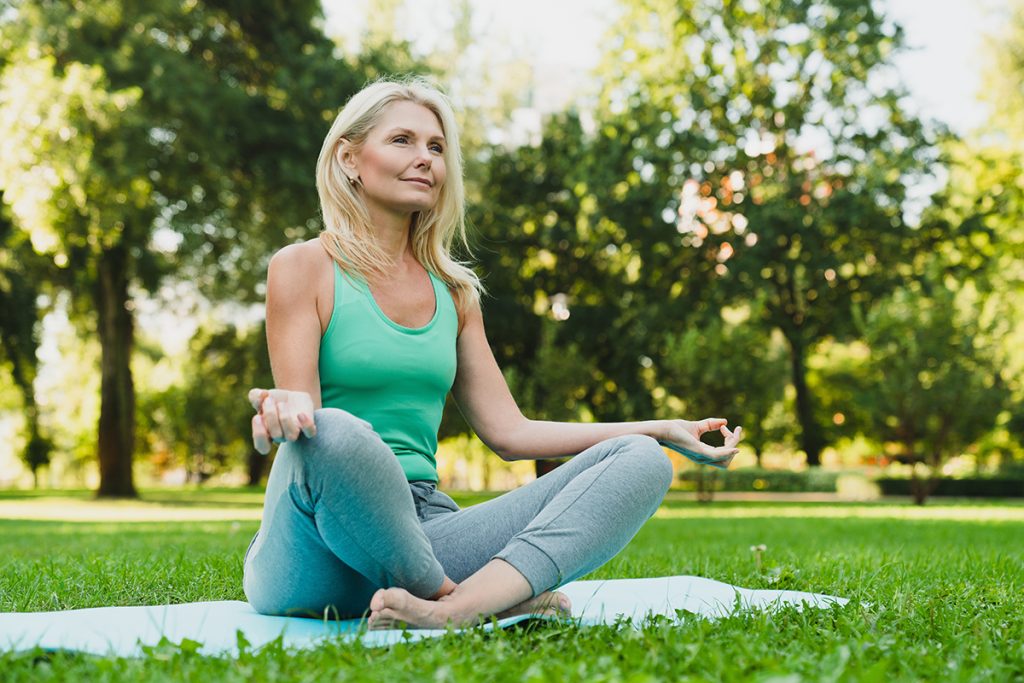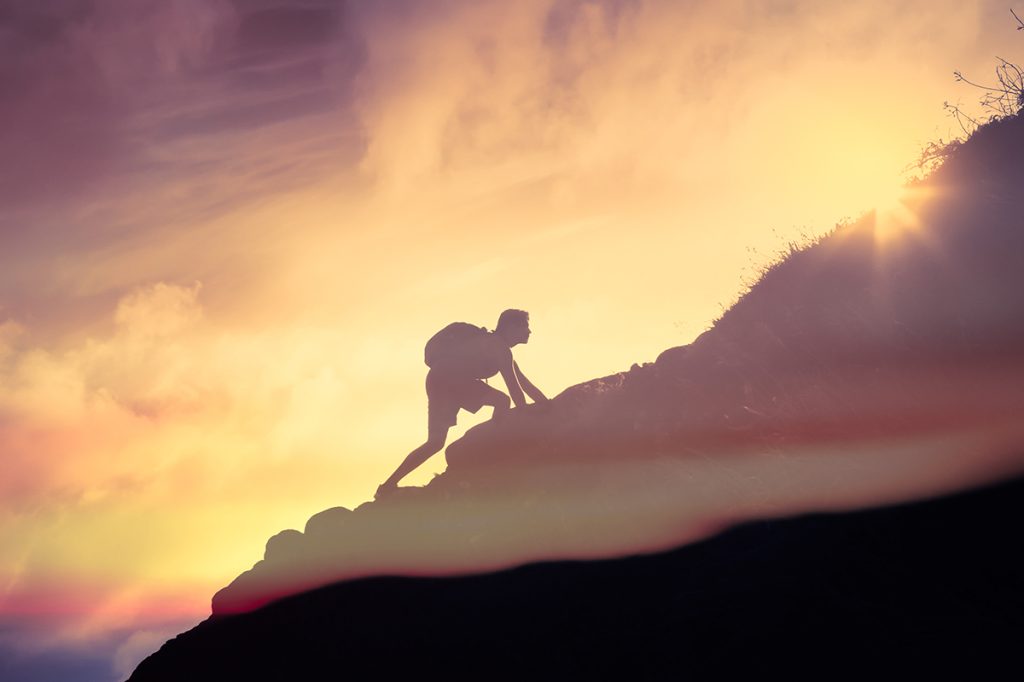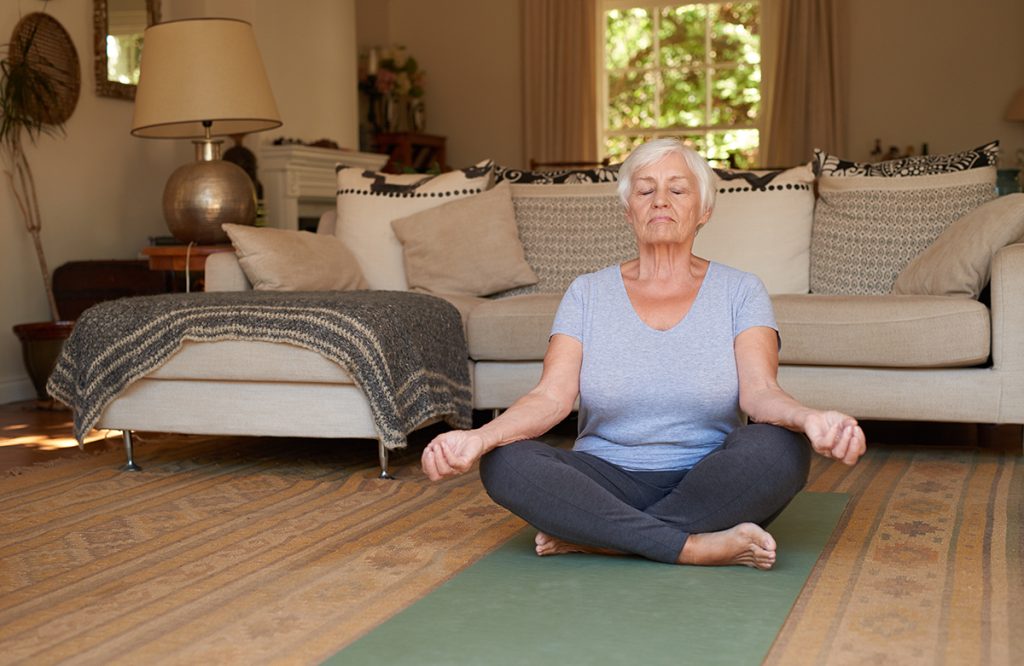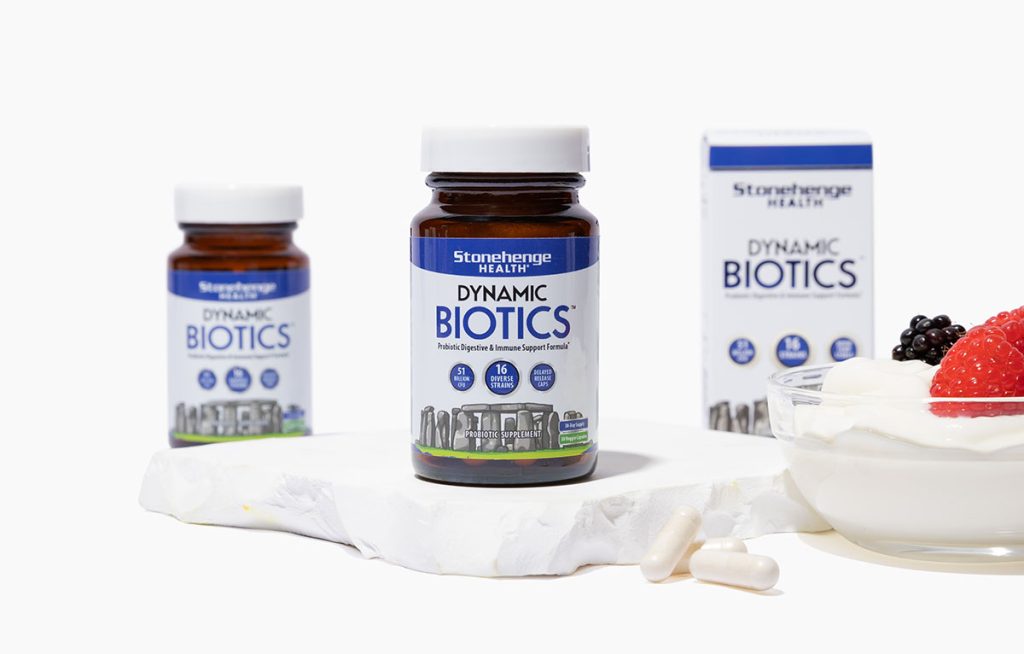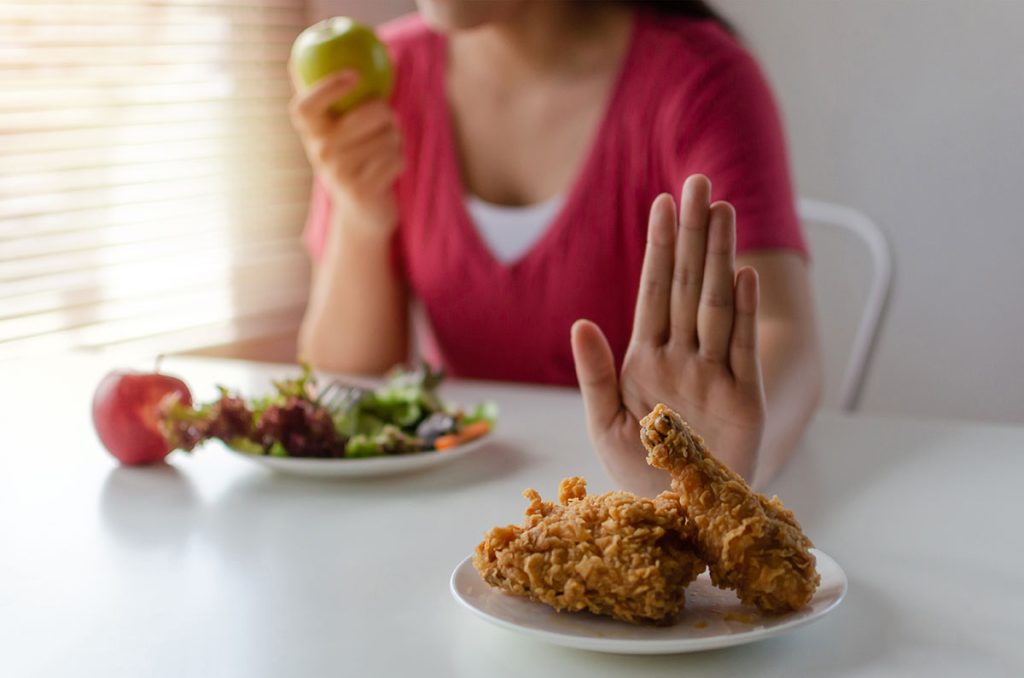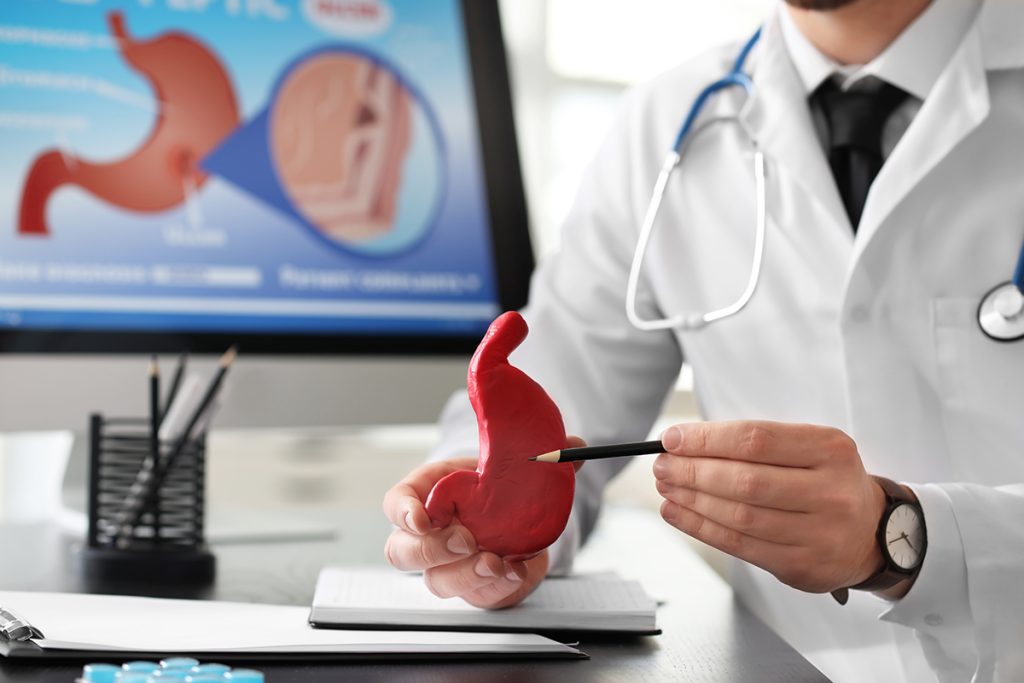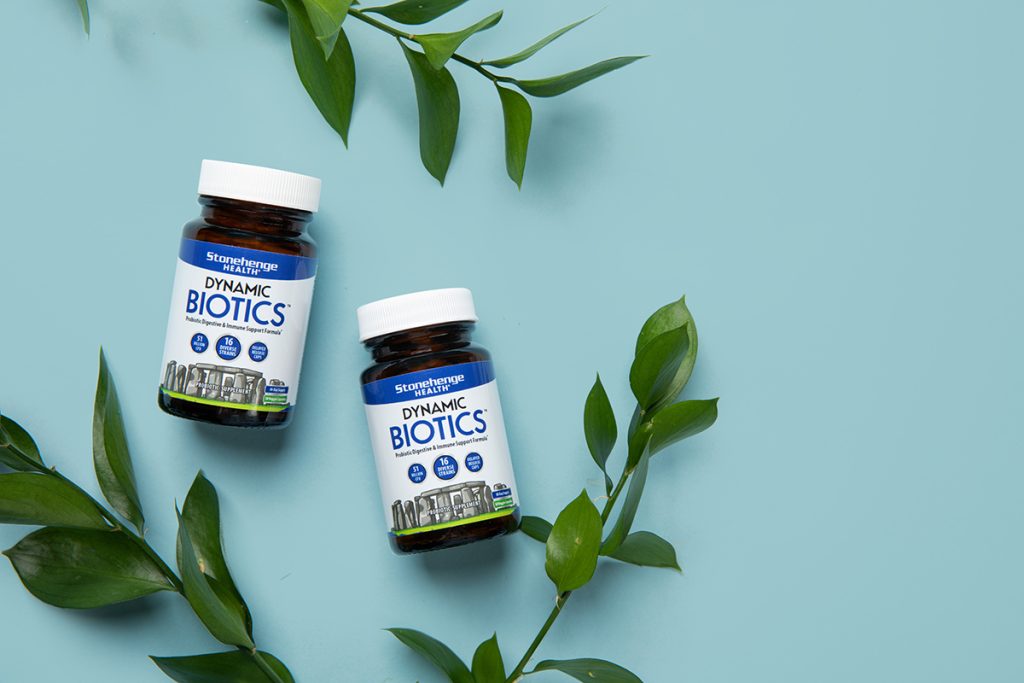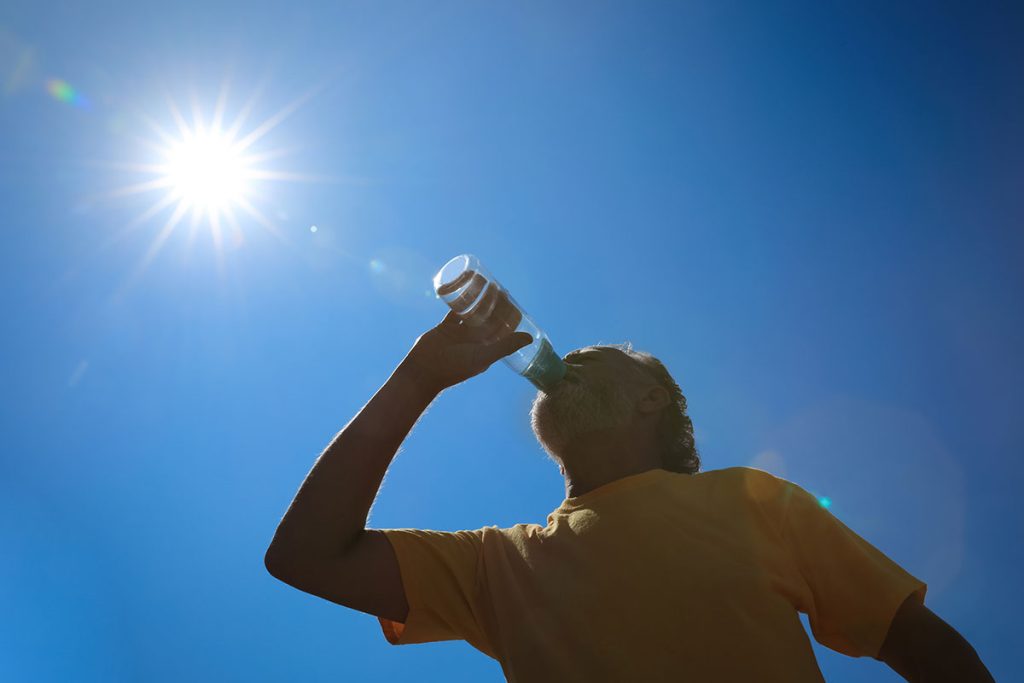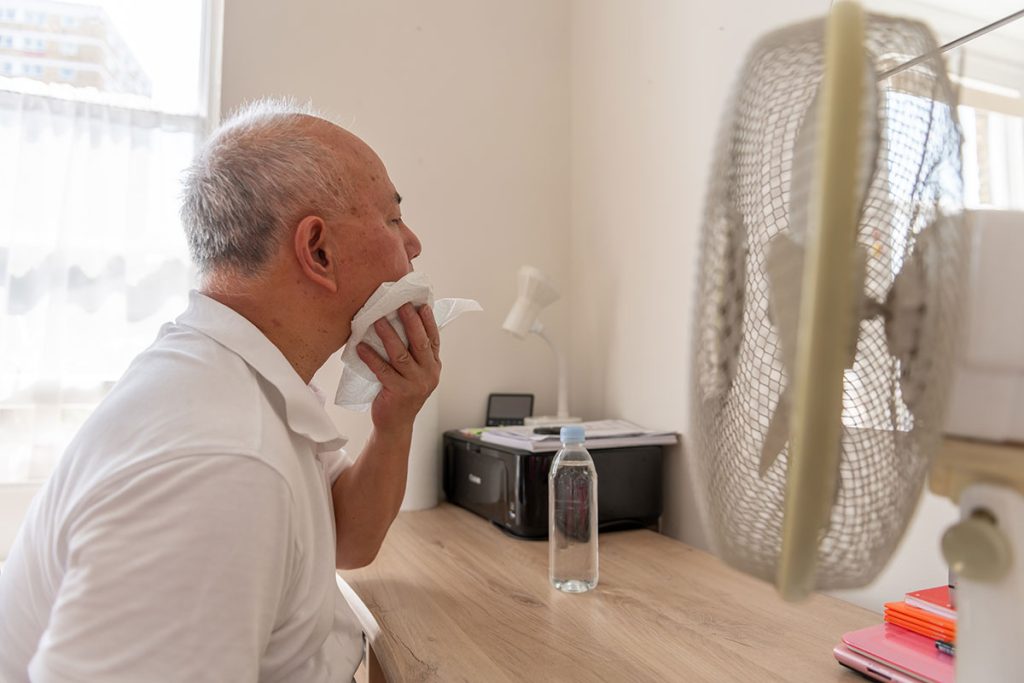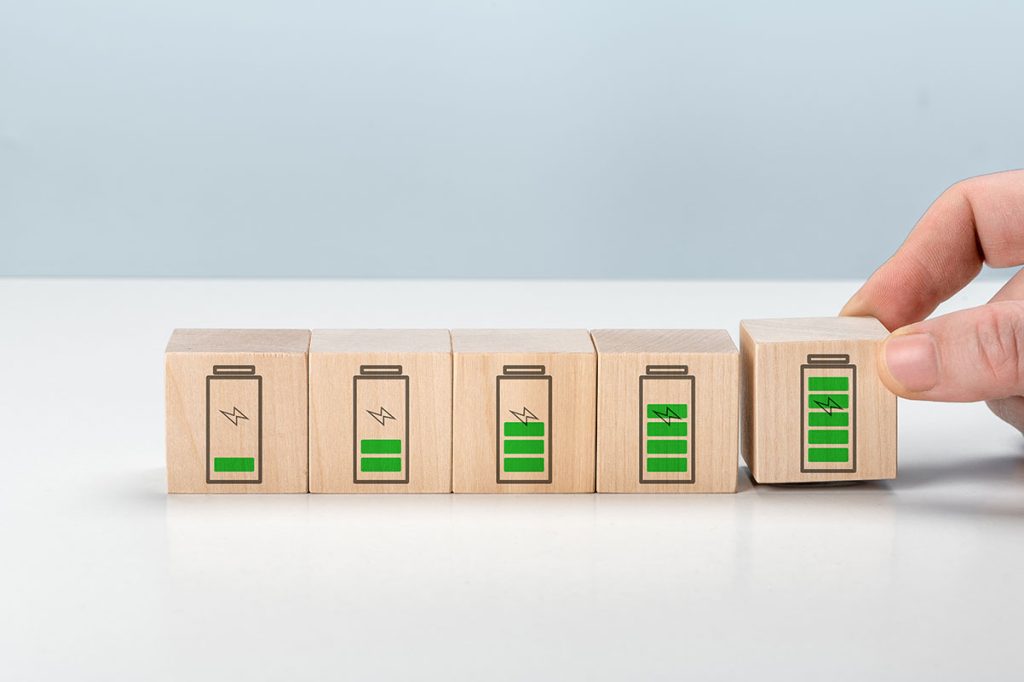
Have you ever wondered why a cluttered physical space often leads to a disorganized mental state? This intriguing phenomenon is not mere coincidence; it’s grounded in science.
In this blog, we delve into the fascinating connection between decluttering your physical environment and decluttering your mind. By the end, you’ll gain a comprehensive understanding of why decluttering plays a pivotal role in achieving mental clarity, along with seven actionable tips to guide you in your journey toward effective decluttering.
The Science Behind Clutter

To understand why decluttering your space can declutter your mind, it’s crucial to delve into the science of clutter. Researchers have found that clutter, whether a messy desk, a chaotic living room, or a disorganized closet, can significantly impact your mental well-being.
1. Overstimulation

A cluttered space bombards your brain with excessive visual stimuli. When your eyes constantly scan and process all the items in your surroundings, it can lead to mental fatigue and a reduced ability to concentrate.
2. Stress and Anxiety

A cluttered environment has been linked to increased stress and anxiety levels. When you’re surrounded by chaos, it’s challenging to relax and find peace. Your brain may interpret the clutter as unfinished tasks, triggering a stress response.
3. Decision Fatigue

A cluttered environment forces your brain to make more decisions. From choosing what to wear in a messy closet to finding important documents on a cluttered desk, these decisions can wear down your mental energy, leaving you feeling mentally drained.
4. Memory and Focus
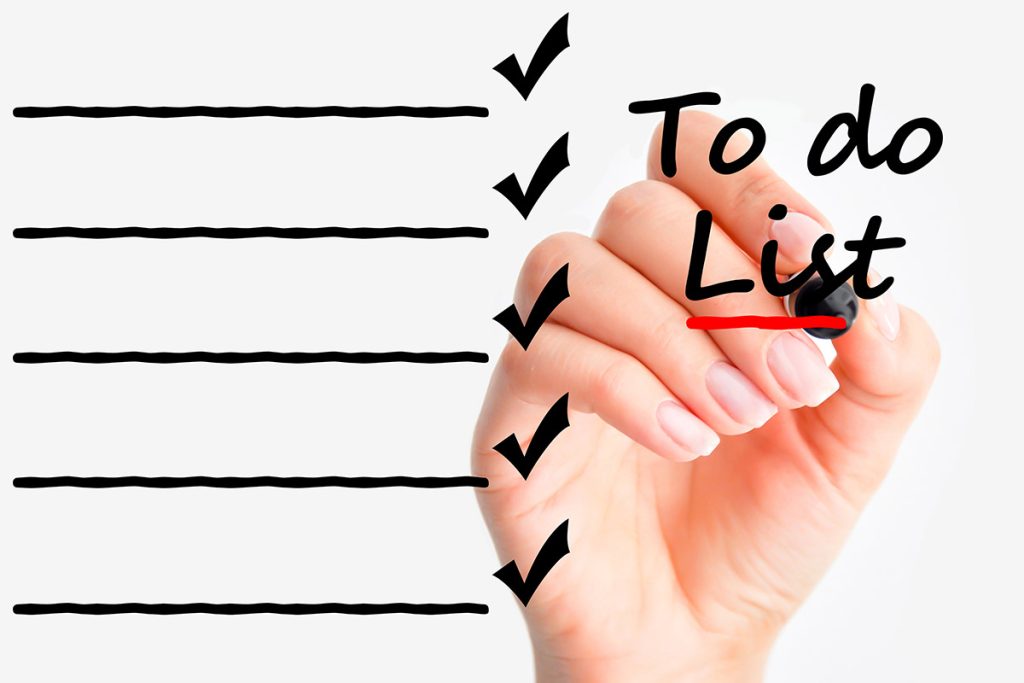
Clutter can also interfere with your ability to remember and stay focused. Your brain has to work harder to filter out irrelevant information, making it harder to concentrate on the tasks at hand.
The Benefits of Decluttering for Your Mind

1. Reduced Stress: Decluttering your space creates a sense of order and control, reducing feelings of stress and anxiety. A clean and organized environment can be calming, promoting relaxation.
2. Enhanced Productivity: With a clutter-free space, your mind can focus on the task at hand without distraction. This leads to increased efficiency and productivity in your daily activities.
3. Improved Concentration: A decluttered space reduces visual distractions, allowing your brain to concentrate better. You’ll find it easier to stay on track and complete tasks.
4. Better Sleep: A clutter-free bedroom promotes better sleep. A serene and organized sleeping environment can help you relax and unwind, improving sleep quality.
5. Boosted Creativity: A tidy space encourages creativity by providing a clear canvas for your thoughts. You’ll be more inspired and open to new ideas in an uncluttered environment.
Practical Tips for Decluttering Your Space and Mind

Now that we’ve established the importance of decluttering for mental clarity, let’s dive into some useful tips to help you get started:
1. Set Clear Goals: Before organizing, define your goals. Determine the purpose of each space and what you want to achieve. Having clear objectives will guide your decluttering process.
2. Start Small: Decluttering can be overwhelming if you try to tackle your entire home at once. Begin with a small area, like a single drawer or closet. Once you experience the benefits, you’ll be motivated to continue.
3. Categorize Items: Sort your belongings into categories such as keep, donate, recycle, and trash. This makes it easier to make decisions about each item.
4. One-In, One-Out Rule: For every new item you bring into your space, consider removing an old one. This helps maintain a clutter-free environment in the long run.
5. Declutter Regularly: Make decluttering a regular habit. Set aside a specific time each week or month to review and organize your belongings. Consistency is key to maintaining a clutter-free space.
6. Digital Declutter: Don’t forget about digital clutter. Organize your digital files, emails, and apps. A clean digital space can have just as much of an impact on your mental clarity as a made bed.
7. Create Zones: Designate specific areas for different activities, such as work, relaxation, and hobbies. This helps maintain order and prevents clutter from spreading.
Decluttering your space isn’t just about having a tidy home; it’s about creating a harmonious environment that promotes mental clarity and well-being. By understanding the connection between your physical surroundings and your mental state, you can embark on a journey to declutter not only your space but also your mind. Start small, stay the course, and enjoy the benefits of an orderly, peaceful, and focused life.
Clear Away More Mind Clutter
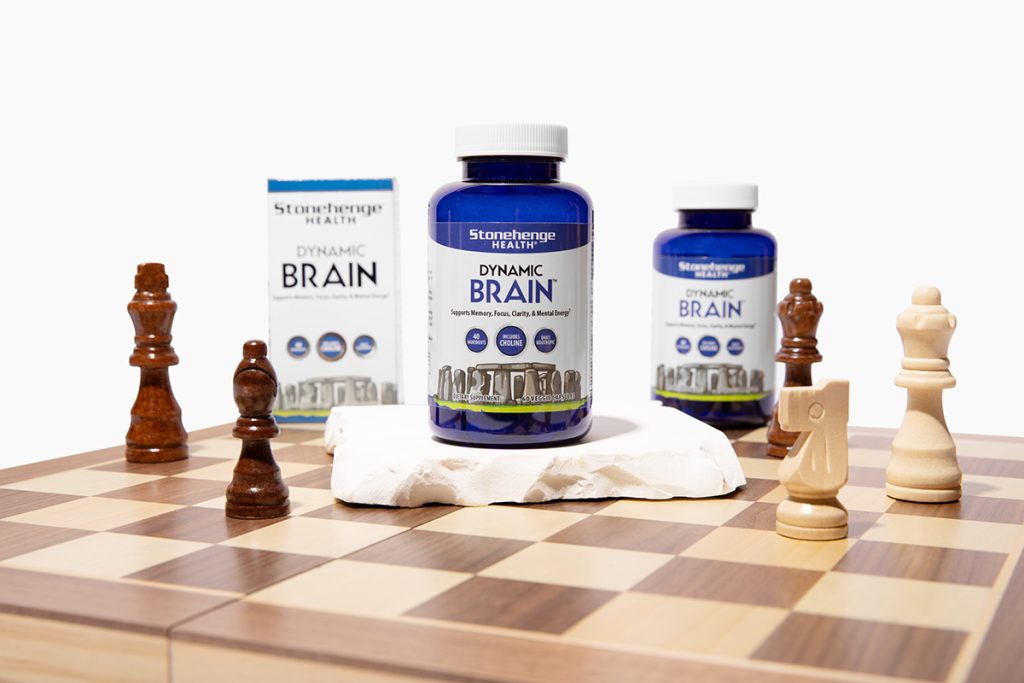
Brain fog is similar to a cluttered mind, which can hinder clear thinking and decision-making. Both conditions lead to cognitive overload, leaving you feeling disoriented and overwhelmed.
To combat brain fog and enhance cognitive function, memory, and mental energy, consider using a brain health supplement like Stonehenge Health’s Dynamic Brain.
Dynamic Brain contains 40 nutrients, including DHA and Choline, which can help clear away brain fog and help you have a marvelously focused mind. *
* These statements have not been evaluated by the Food and Drug Administration. This product is not intended to diagnose, treat, cure or prevent any disease.








